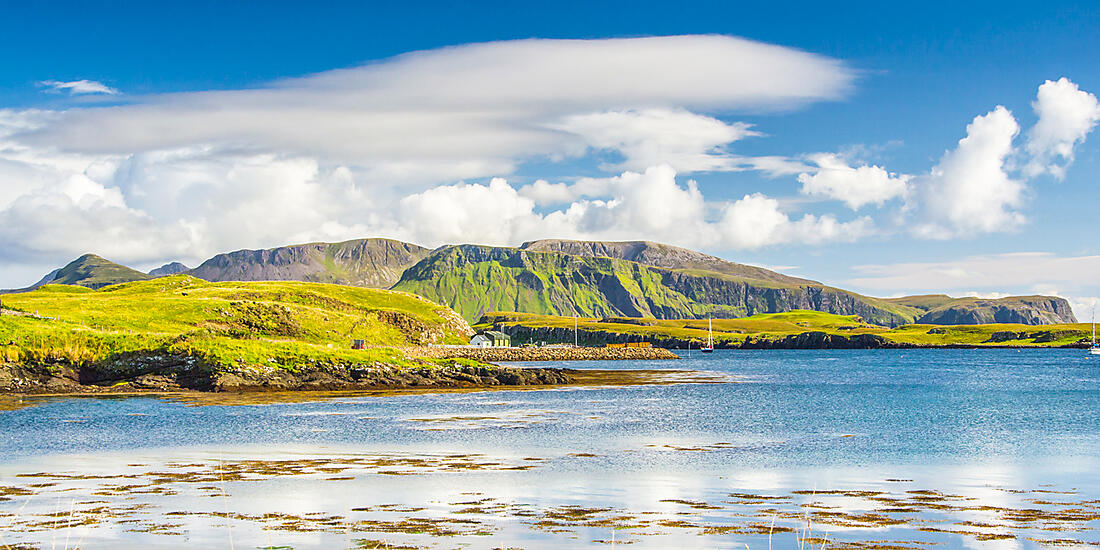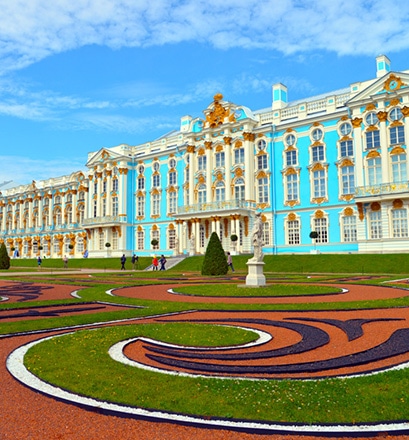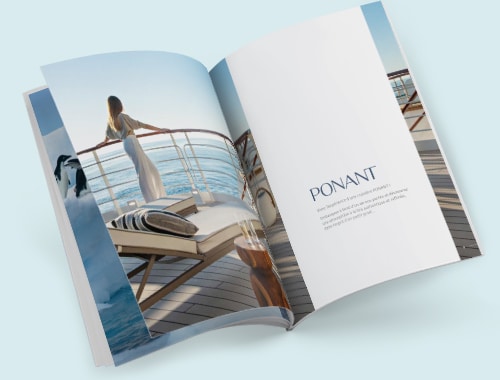Gründe, nach Nordeuropa zu reisen
Warum sollte man nach Nordeuropa und Skandinavien reisen? Einzigartige Kulturen, außergewöhnliche Landschaften und sagenumwobene oder unbekannte Inseln machen Nordeuropa und Skandinavien zu einer erstklassigen Destination für jeden, der Lust hat, interessante Städte oder eine faszinierende Natur zu entdecken.
Mehr erfahren
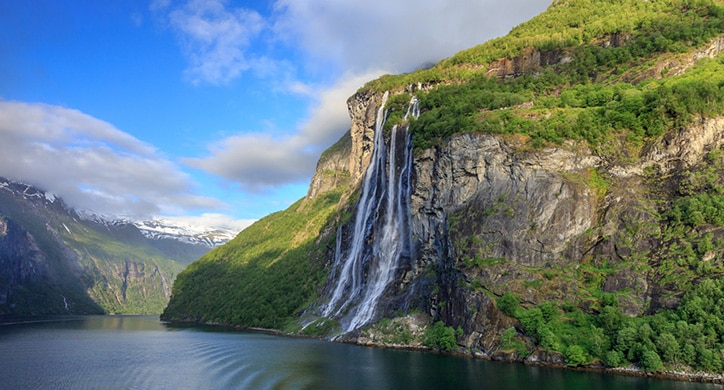
Die schönsten Highlights
Norwegische Fjorde, baltische Hauptstädte, die Schätze Irlands, Schottlands und Englands. Von einzigartigen Kulturen zu atemberaubender Natur, erfahren Sie mehr über ganz die besonderen Erlebnisse, die Ihnen auf einem Nordeuropa Kreuzfahrt begegnen.
Mehr erfahren
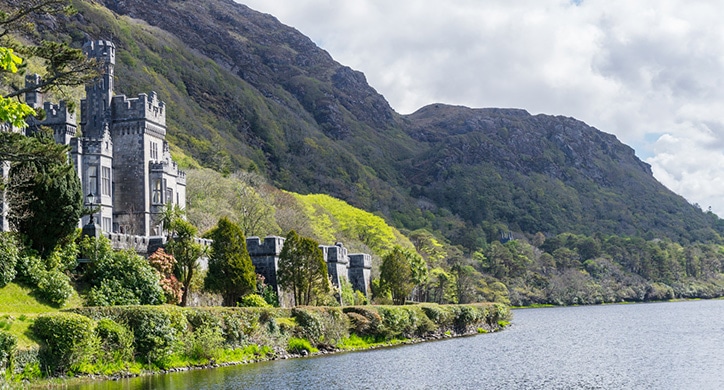
Explore Northern Europe and Scandinavia
3 Gründe, nach Nordeuropa zu reisen
Warum sollte man nach Nordeuropa und Skandinavien reisen? Einzigartige Kulturen, außergewöhnliche Landschaften und sagenumwobene oder unbekannte Inseln machen Nordeuropa und Skandinavien zu einer erstklassigen Destination für jeden, der Lust hat, interessante Städte oder eine faszinierende Natur zu entdecken.
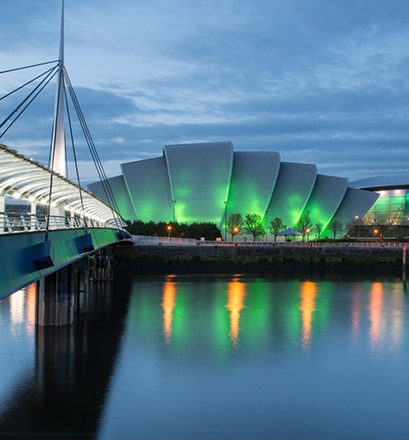
Städte mit kulturellem Reichtum
Ob Bergen, Helsinki, London, Belfast, Glasgow, Kopenhagen, Dublin, Liverpool oder Amsterdam... Die Hansestädte, Kulturhauptstädte und historischen Zentren zeugen von einer ereignisreichen Vergangenheit und einem lebendigen Alltagsleben. Mit bedeutenden Museen, Kunstgalerien, dem eindrucksvollen Kontrast zwischen historischen Bauten und futuristischer Architektur, lebhaften Straßen und friedlichen Kanälen bergen die berühmten Städte Nordeuropas und Skandinaviens zahlreiche Geheimnisse.
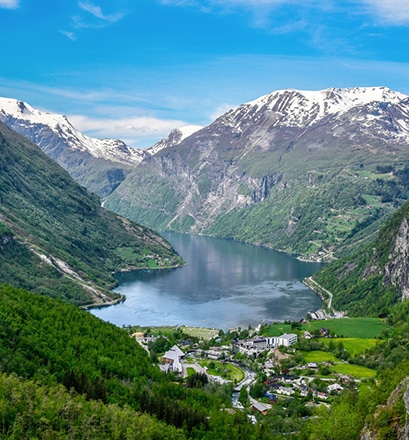
Atemberaubende Landschaften
Gleiten Sie über die norwegischen Fjorde vor einer Kulisse aus Bergen und Wasserfällen, die steil ins tiefblaue Wasser hinabstürzen, und bestaunen Sie spektakuläre Gletscher. Spaziergänge entlang grüner Küsten, Entdeckung der geheimnisvoll anmutenden Basaltsäulen des Giant's Causeway in Nordirland, Wanderungen durch weite Ebenen und Heidelandschaften, die von frischen Winden gepeitscht werden, Beobachtung einer außergewöhnlichen Pflanzenwelt, Innehalten an den Seen von Connemara oder an menschenleeren Stränden... Jeder Tag ist eine Gelegenheit, in neue grandiose Landschaften einzutauchen.
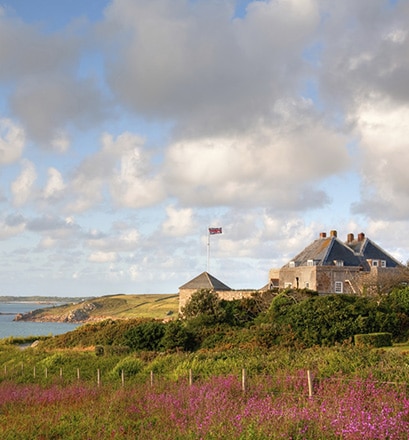
Sagenumwobene und unbekannte Inseln
Ruinen alter Burgen auf den Scilly-Inseln, Papageitaucher-Kolonien auf der Insel Heimaey, eindrucksvolle Aussichtspunkte auf der Isle of Wight oder der Isle of Skye, faszinierende Entdeckungen auf der Isle of Man, die für ihre Motorradrennen und Auto-Rallyes berühmt ist... Jede der Inseln hat ihre eigenen Besonderheiten, die sie zu einzigartigen Reisezielen machen, an denen man bestens dem Alltag entfliehen kann.
Die schönsten Highlights – Nordeuropa und Skandinavien
Norwegische Fjorde, baltische Hauptstädte, die Schätze Irlands, Schottlands und Englands. Von einzigartigen Kulturen zu atemberaubender Natur, erfahren Sie mehr über ganz die besonderen Erlebnisse, die Ihnen auf einem Nordeuropa Kreuzfahrt begegnen.
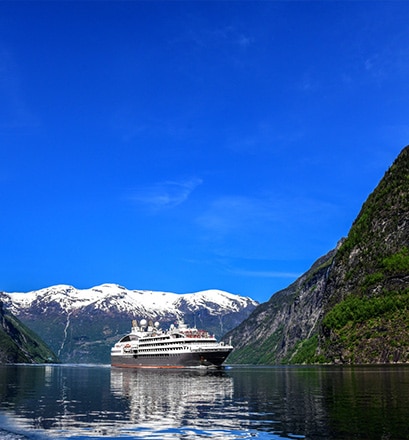
Machen Sie eine Kajaktour auf dem Nordfjord – Norwegen
Im tiefblauen Wasser spiegeln sich die friedlichen umliegenden Landschaften wider. Der von Gletschern geformte Nordfjord gilt als einer der schönsten Fjorde Norwegens. Eine Kajakfahrt entlang der Ufer des Fjords ist eine einmalige Gelegenheit, sich von der Großartigkeit der Natur überwältigen zu lassen, die hier mit Bergen, steilen Klippen, spektakulären Wasserfällen und gigantischen Gletschern aufwartet... Ein erhabener Moment im absoluten Einklang mit den Elementen.
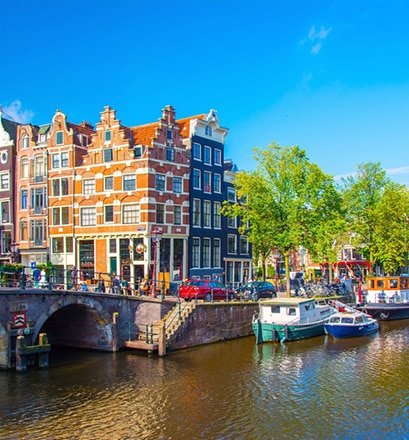
Entdecken Sie das traditionelle Holland und die Grachten von Amsterdam – Niederlande
Bei einem Besuch im typischen Dorf Broek in Waterland, das für seine Holzhäuser und traditionellen Bauernhöfe bekannt ist, entdecken Sie die ursprünglichen Niederlande. Erkunden Sie anschließend den zum UNESCO-Welterbe zählenden Beemster Polder. Die Besichtigung einer Windmühle aus dem 17. Jahrhundert rundet ihren Ausflug ab. Die Tour endet mit einer Bootsfahrt auf den Grachten von Amsterdam, bei der Sie einen Großteil der Sehenswürdigkeiten der Stadt bewundern können, zum Beispiel die alten Kaufmannshäuser, Kirchen und Lagerhäuser aus dem 16. und 17. Jahrhundert.
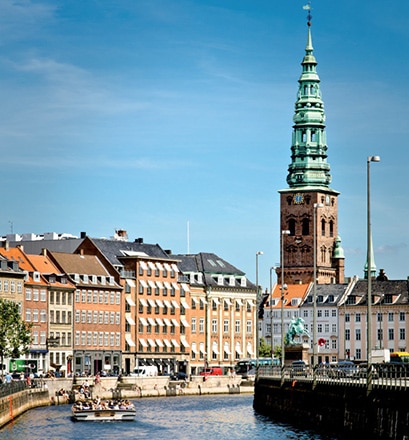
Erkunden Sie Kopenhagen vom Wasser aus – Dänemark
Wie Amsterdam lässt sich auch Kopenhagen am besten vom Wasser aus besichtigen. Bei einer Schifffahrt durch die Kanäle der Stadt bekommen Sie die wichtigsten Sehenswürdigkeiten der dänischen Hauptstadt zu Gesicht: den Nyhavn-Kanal mit seinen bunten Häusern, die legendäre Kleine Meerjungfrau, die Oper, das Schloss Amalienborg, die Königliche Bibliothek, die Börse und die Erlöserkirche.
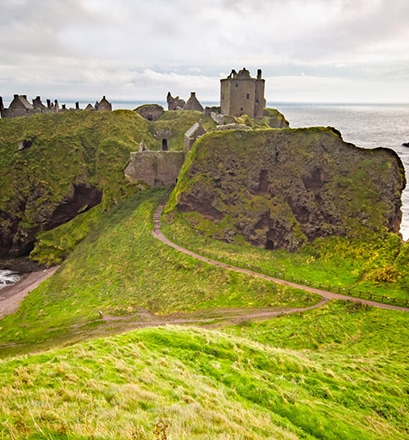
Erklimmen Sie die Ruinen des Dunnottar Castle in Schottland – Vereinigtes Königreich
Das Dunnottar Castle allein umfasst alles, was die sagenumwobenen Landschaften Schottlands mit ihren alten Burgruinen, deren einstiger Glanz bis heute erkennbar ist, auszeichnet. Stolz thront das Dunnottar Castle auf seiner Halbinsel in etwa 50 Metern Höhe über der Nordsee. Seiner strategischen Lage hat es seine herausragende Bedeutung in der schottischen Geschichte zu verdanken. Heute ist es jedoch vor allem die Schönheit des Ortes, die Neugierige aus aller Welt anzieht.
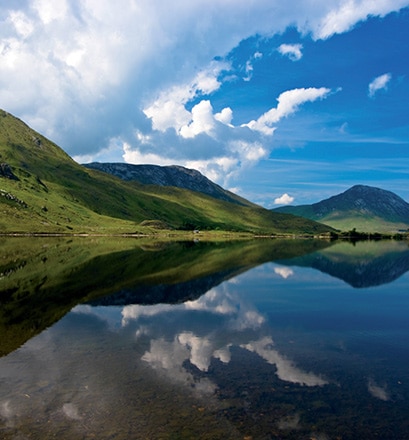
Machen Sie eine Zeitreise in der Region Connemara – Irland
Grüne Hügel, tiefblaue Seen, Heidelandschaften in unzähligen Grün- und Brauntönen, beeindruckende Burgen... Die Region Connemara in Irland bezaubert durch ihre poetische und zugleich majestätische Natur und lädt zur Entdeckung außergewöhnlicher Orte ein. Ein Ausflug durch die Grafschaft Galway, ein Besuch im erhabenen Kylemore Abbey, die friedliche Kleinstadt Clifden, das Ashford Castle und die spektakulären Landschaften am Lough Corrib werden für unvergessliche Erinnerungen sorgen.

Schlendern Sie durch Riga – Lettland
Riga lässt sich sowohl vom Land als auch vom Wasser aus gut erkunden. Eine Fahrt auf dem Kanal an Bord kleiner, stolz anmutender Schiffe ist eine optimale Gelegenheit, die Erhabenheit und Schönheit einiger historischer Bauwerke, wie zum Beispiel des Lettischen Nationaltheaters, zu bewundern. Zu Fuß sind die Nationaloper, die Musikakademie, der Hauptbahnhof und die Brivibas-Straße, die Haupteinkaufsstraße der lettischen Hauptstadt, einen Abstecher wert. Zu den bedeutendsten Highlights zählen außerdem das historische Zentrum mit seinen prächtigen Wohngebäuden, die von der glorreichen Vergangenheit der Hansestadt zeugen, sowie der prächtige Dom, der für seine gewaltige Orgel mit 6.700 Pfeifen berühmt ist.
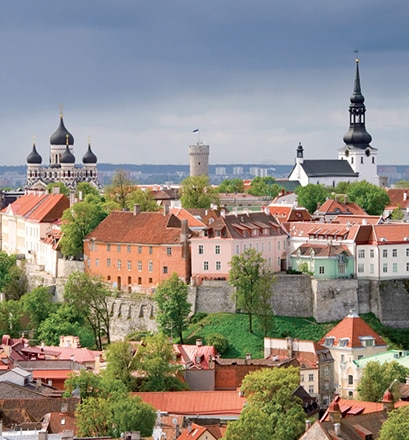
Erleben Sie Folklore in Tallinn – Estland
Während des Zweiten Weltkriegs blieb das Stadtzentrum Tallinns trotz der intensiven Bombardierung durch die sowjetische Armee zur Befreiung der Stadt zu 90 % verschont. So wurde es 1997 in die Liste des UNESCO-Welterbes aufgenommen. Bei einem Rundgang durch die Altstadt können Sie die Atmosphäre des mittelalterlichen Teils des historischen Zentrums mit seinen Stadtmauern und Wachtürmen auf sich wirken lassen. Der gotische Dom, das Schloss, in dem heutzutage das estnische Parlament tagt, die russisch-orthodoxe Kathedrale und die gepflasterten Straßen verleihen der Stadt einen unverkennbaren Charme. Eine Folklore-Show und ein Spaziergang über den lokalen Kunsthandwerksmarkt des Sankt-Katharinen-Klosters offenbaren zahlreiche Geheimnisse Tallinns.
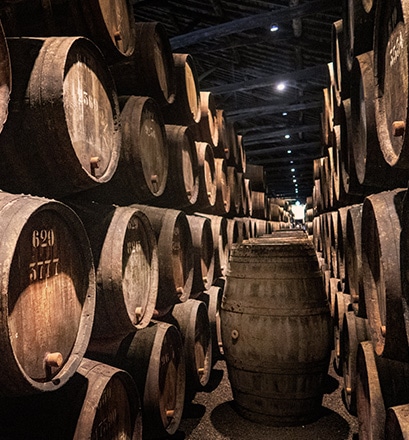
Besuchen Sie eine Whiskeybrennerei – Irland
Die alte Jameson-Destillerie in der Nähe von Cork, einzigartig in Irland und Großbritannien, ist noch immer in Betrieb. Seit jeher wird hier ein weltbekannter Qualitäts-Whisky hergestellt. Bei einer Führung über das Gelände kann man die einwandfrei restaurierten Industriegebäude aus dem 18. Jahrhundert, das noch immer funktionierende Wasserrad und den größten noch intakten Kupfer-Destillierkolben der Welt bewundern, der ein Fassungsvermögen von nicht weniger als 145.500 Litern hat! Zum Abschluss folgt eine Verkostung im entspannten Ambiente eines irischen Pubs.










